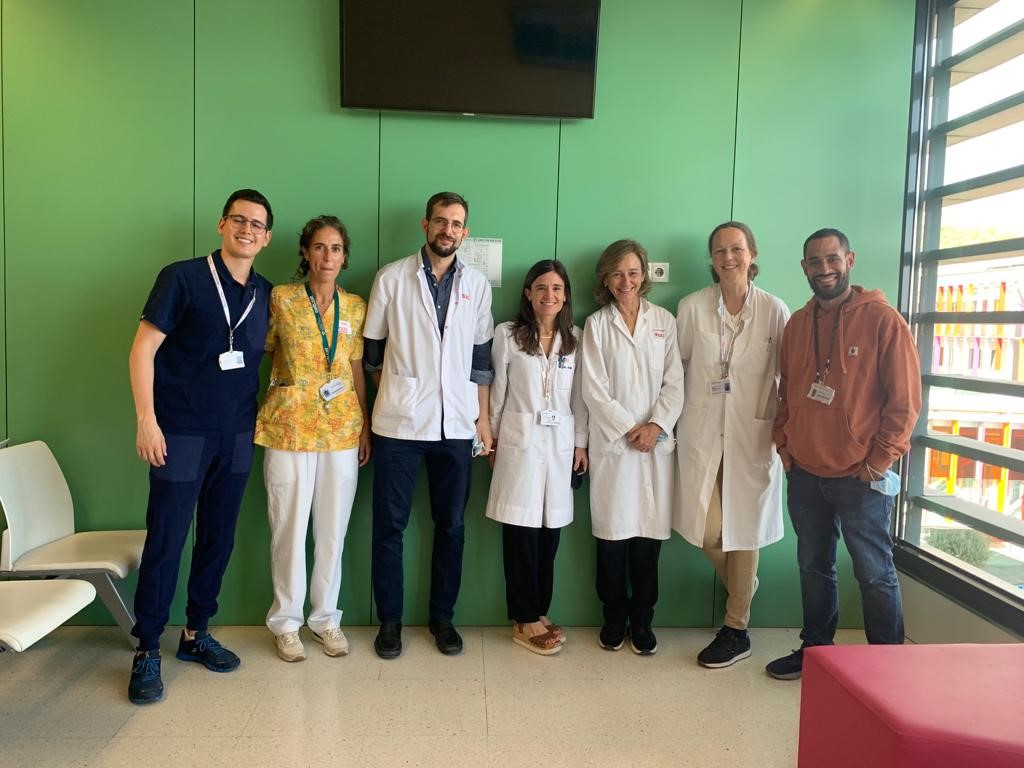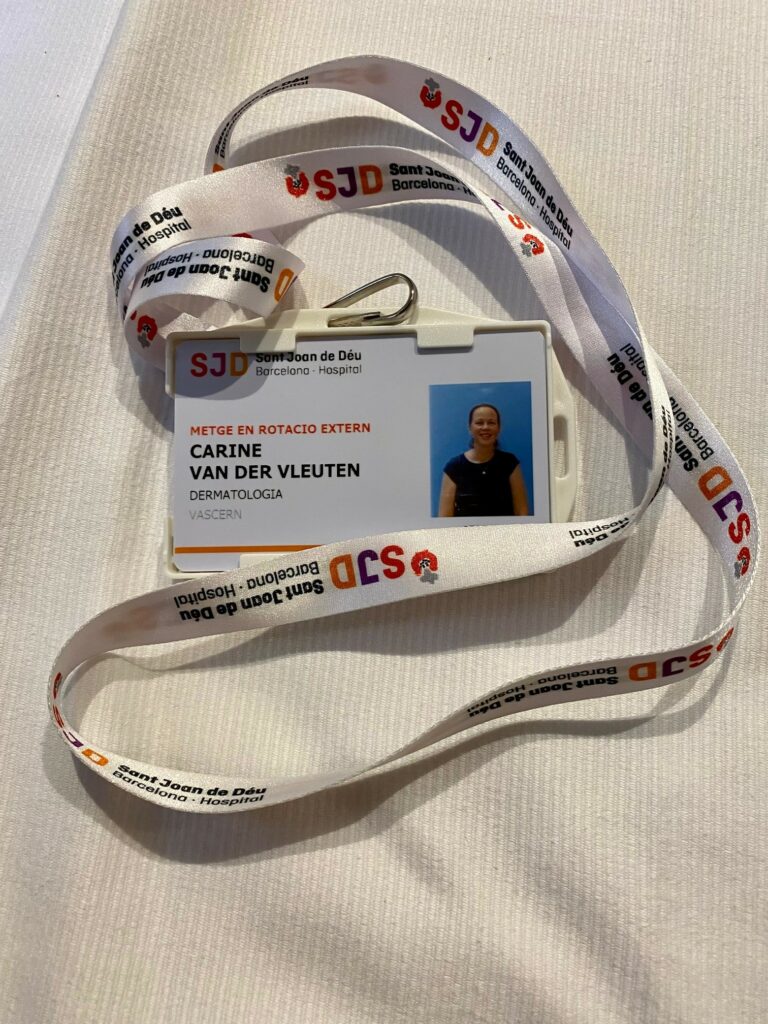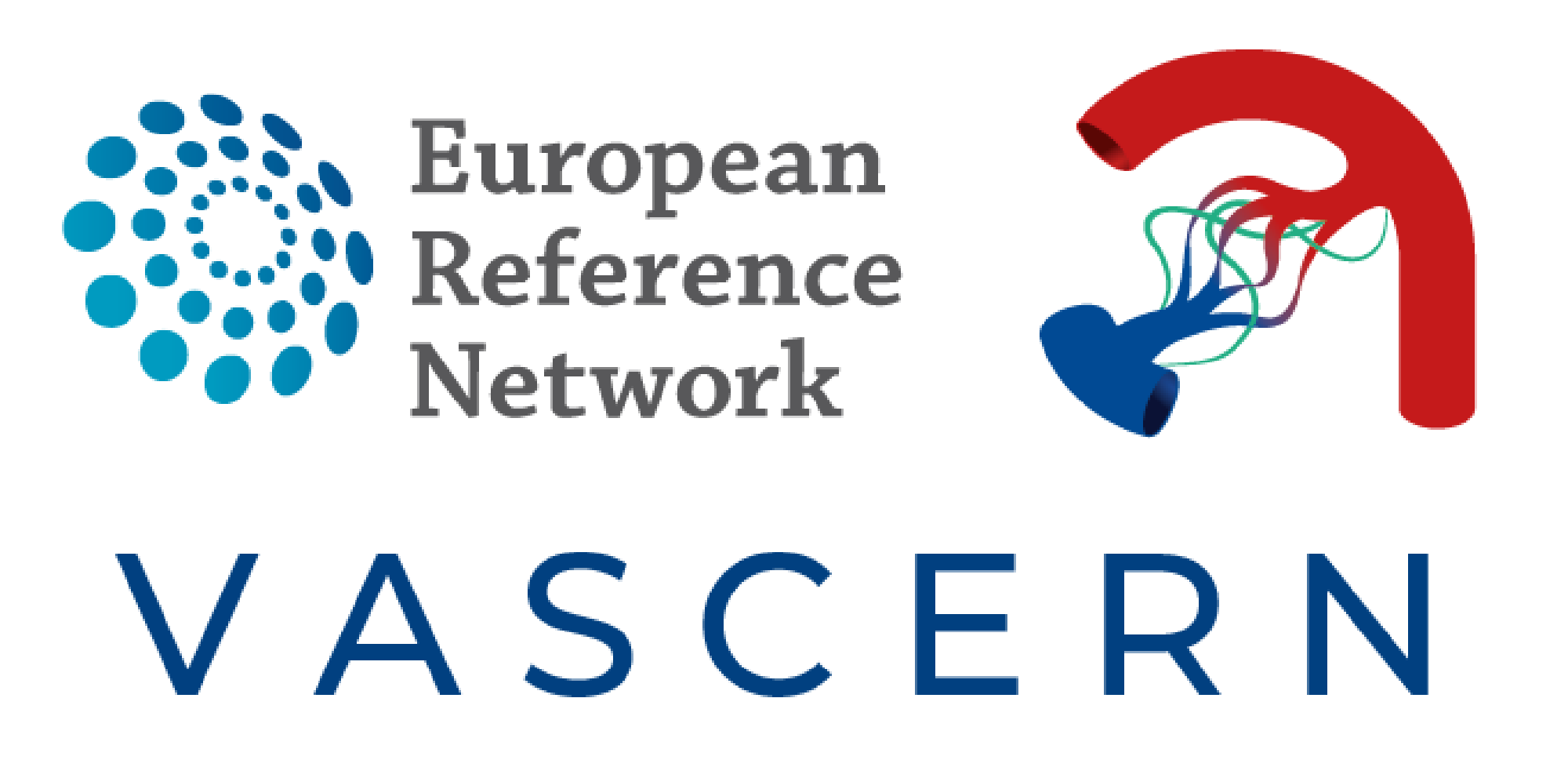


In this VASCERN Exchange Program interview, we are thrilled to interview Dr. Carine Van Der Vleuten from the Radboud University Medical Center in Nijmegen, Netherlands. Dr. Carine Van Der Vleuten is a member of the Vascular Anomalies Working Group (VASCA-WG). In this article, she shares her experience during the exchange program, and the new discovery and lessons learned. This exchange program was done at the Hospital Sant Joan De Déu (SJD Barcelona Children’s Hospital) in Barcelona, Spain with Dr. Eulalia Baselga Torres.
1) What is your medical specialty?
I am a dermatologist. I work with both children and adults. In my department, I am responsible for all vascular-related conditions. I also manage the phlebology and lymphology for both children and adults.
2) What were your goals and expectations for the exchange program?
I was interested in working with and getting to know Eulalia Baselga as well as learning how she organised her work. We do not use laser treatment for vascular anomalies at my hospital. However, Hospital Sant Joan De Déu provides much more of this treatment and has far more experience. I was interested in learning more about the laser treatment there.
3) What activities did you participate in during your exchange program?
The exchange visit was scheduled for five days. We have a morning and afternoon course at my hospital, however Hospital Sant Joan De Déu only has a morning course that lasts for a longer period. On Monday, I attended the laser clinic with the most experienced dermatologist. We had the consultation together on Tuesday too. We also had an online presentation from another colleague in Madrid (Dr. Juan Carlos López Gutiérrez, Head of Paediatric Surgery at Quirónsalud Madrid University Hospital.) I then had an outpatient consultation with one of the other dermatologists, who performed a laser operation and other minor procedures.
On Wednesday, Eulalia Baselga and I did consultations for different patients, with a focus on vascular anomalies. We visited the research clinic. I was quite impressed by the clinical research unit. They have a special department for doing studies in children. We also do such work, but we do not have a special department. It is well organized there. That was also something I could take away from my experience. I was able to observe the treatment of a brain AVM. Because I do not specifically handle pediatric dermatology, but rather ‘vascular dermatology’; phlebology cases which focuses on vascular anomalies in adults and children, the team was interested to learn about my work.
On Thursday, I did a presentation for the vascular anomalies team on thrombosis, anticoagulation and compressive hosiery in vascular anomalies. This was also attended by the Pediatric hematologist; we had a good discussion on protocol, cooperation and more. Following that, we had consultations for children with all types of vascular anomalies, and other consultations. On the last day, we had the multidisciplinary clinic where we saw different kinds of patients. Later in the afternoon, we had a laser treatment that was done in the operation theatre under general anaesthesia as opposed to other treatments that were done with local anaesthesia.
4) Were there any challenges you faced during the program? If yes, what were they?
Language barrier is of course a challenge. I already knew that not all Spanish speakers could speak English very well. Thus, the patients hardly ever spoke English. However, the medical language is rather common. At the hospital, when we were working together as colleagues, we spoke English as much as possible and I did not have any problems.
5) What is something new that you learned/discovered during your exchange program?
There is now a lot more knowledge on the genetics of vascular anomalies. During my visit, there had been two patients with minor conditions and I would have chosen to do nothing. Eulalia, on the other hand, was convinced that it was important to refer them to a geneticist because of the AVM. This was a different approach I discovered. After my visit, I applied this approach with a patient who had a minor condition and referred them to the geneticist.
6) How will your experience from the exchange program improve your contributions to VASCERN?
I believe that working with and getting to know Eulalia Baselga, who is more experienced than I am, was an important part of my experience. It was the most valuable thing to me.
7) How would you describe your exchange program in one word?
“Valuable”
8) Any other comments?
The program was very well organized. I was very happy to be part of the program. We worked well together and I was also able to share some extra information on certain issues because of my experience as a dermatologist working with both children and adults.

